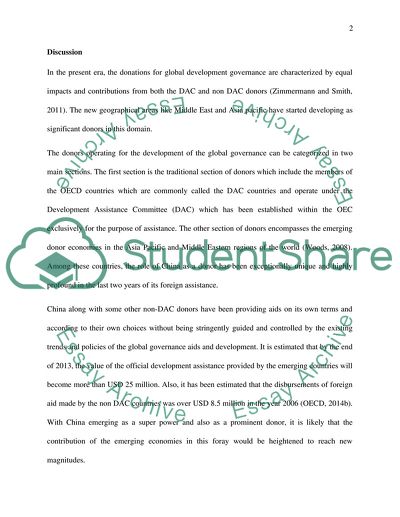Cite this document
(“China in Its Role as a Donor Essay Example | Topics and Well Written Essays - 1750 words”, n.d.)
China in Its Role as a Donor Essay Example | Topics and Well Written Essays - 1750 words. Retrieved from https://studentshare.org/social-science/1656849-what-is-unique-about-china-in-its-role-as-a-donor-appraise-the-chinese-contribution-to-the-changing-discourse-of-aid-and-development-cooperation-today
China in Its Role as a Donor Essay Example | Topics and Well Written Essays - 1750 words. Retrieved from https://studentshare.org/social-science/1656849-what-is-unique-about-china-in-its-role-as-a-donor-appraise-the-chinese-contribution-to-the-changing-discourse-of-aid-and-development-cooperation-today
(China in Its Role As a Donor Essay Example | Topics and Well Written Essays - 1750 Words)
China in Its Role As a Donor Essay Example | Topics and Well Written Essays - 1750 Words. https://studentshare.org/social-science/1656849-what-is-unique-about-china-in-its-role-as-a-donor-appraise-the-chinese-contribution-to-the-changing-discourse-of-aid-and-development-cooperation-today.
China in Its Role As a Donor Essay Example | Topics and Well Written Essays - 1750 Words. https://studentshare.org/social-science/1656849-what-is-unique-about-china-in-its-role-as-a-donor-appraise-the-chinese-contribution-to-the-changing-discourse-of-aid-and-development-cooperation-today.
“China in Its Role As a Donor Essay Example | Topics and Well Written Essays - 1750 Words”, n.d. https://studentshare.org/social-science/1656849-what-is-unique-about-china-in-its-role-as-a-donor-appraise-the-chinese-contribution-to-the-changing-discourse-of-aid-and-development-cooperation-today.


